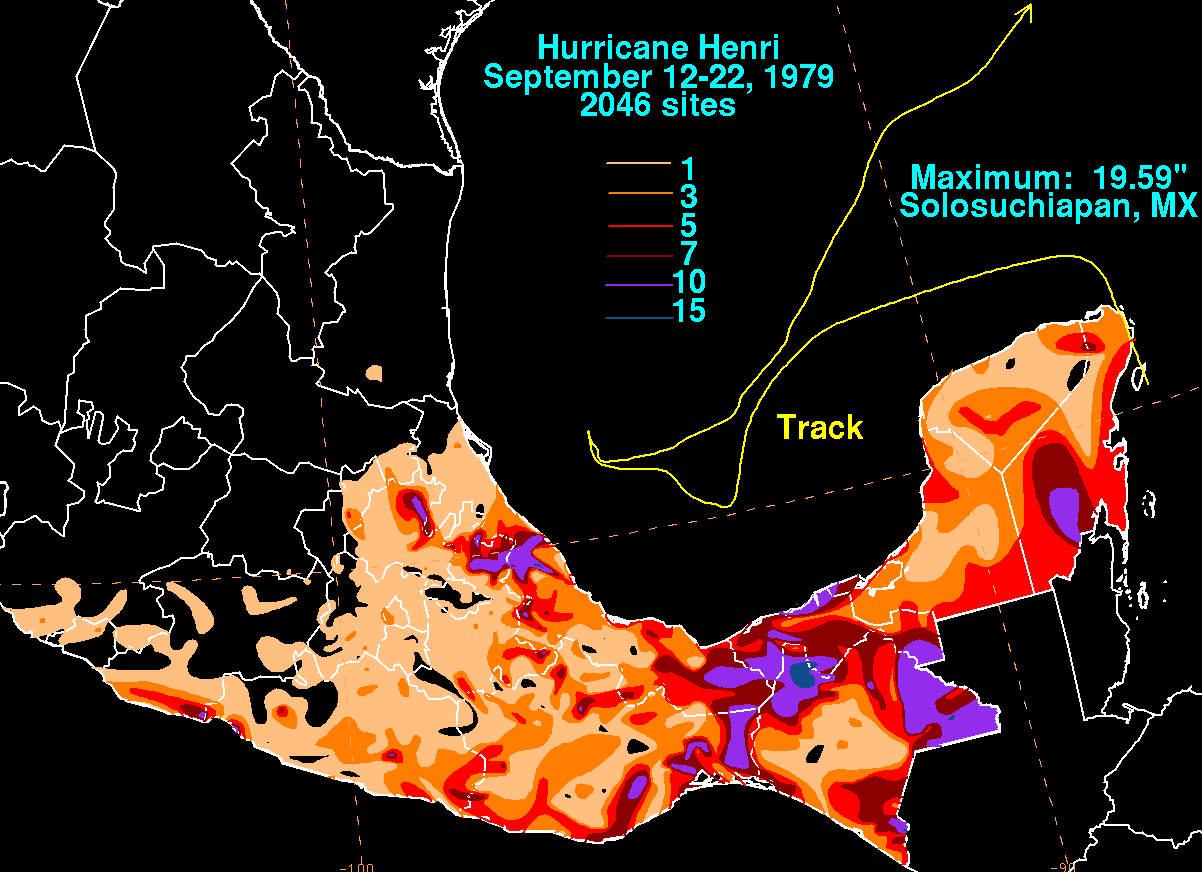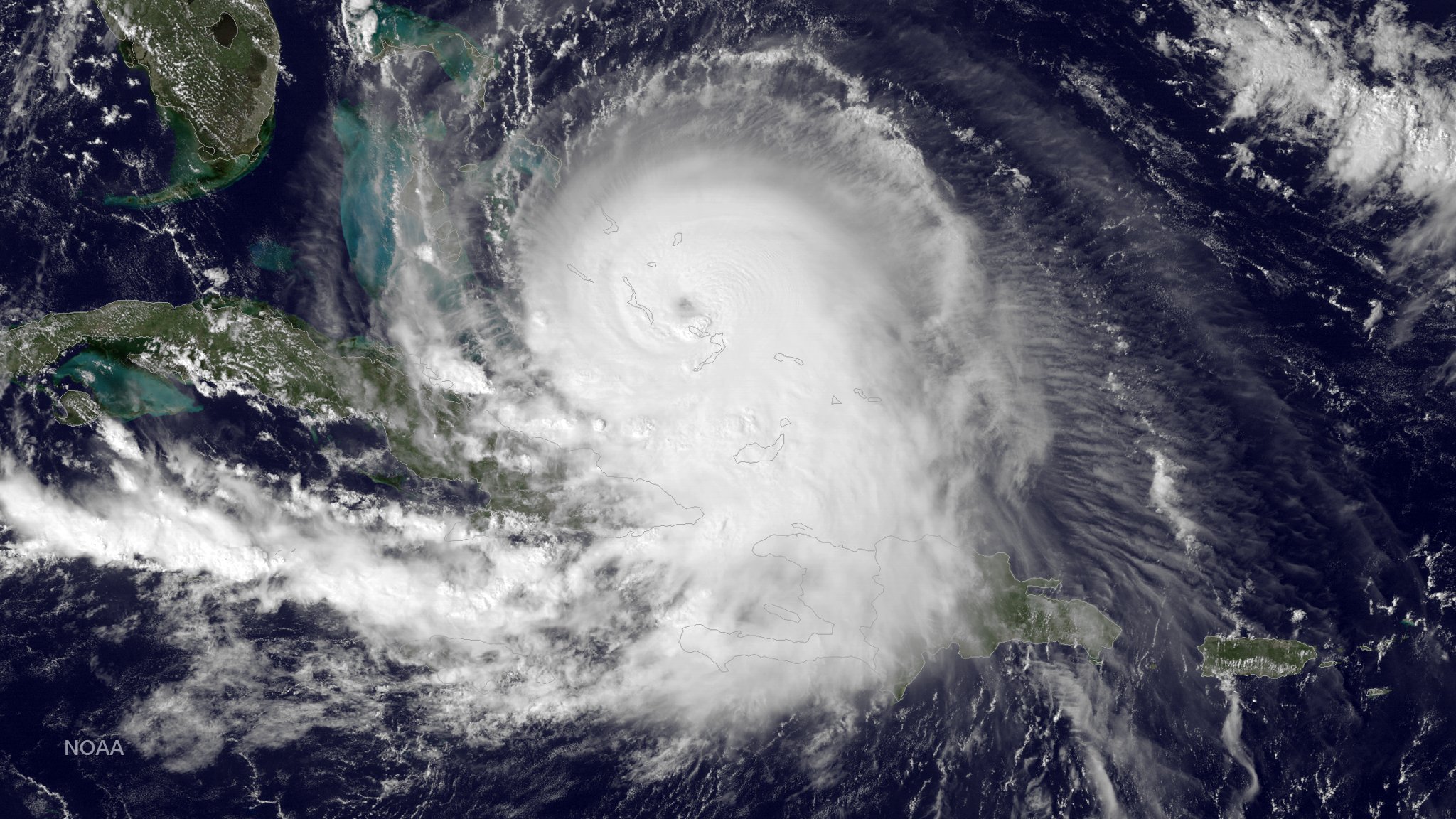|
List Of Storms Named Henri
The name Henri has been used for six tropical cyclones in the Atlantic Ocean: * Hurricane Henri (1979), took unusual route around Yucatán Peninsula, caused no significant damage *Tropical Storm Henri (1985), crossed Long Island as a weak storm, no damages or casualties *Tropical Storm Henri (2003), caused heavy rainfall along Florida's Gulf coast, Delaware, and Pennsylvania, causing $19.6 million (USD) in damage *Tropical Storm Henri (2009), moderate tropical storm that formed northeast of the Lesser Antilles, causing no known deaths or damage *Tropical Storm Henri (2015), a short-lived tropical storm, did not affect land *Hurricane Henri (2021) Hurricane Henri ( ) was a minimal category 1 hurricane that impacted the Northeastern United States. The eighth named storm and third hurricane of the 2021 Atlantic hurricane season. Henri developed from a well-defined low-pressure system nor ..., moved clockwise around Bermuda before taking aim on southern New England; briefly ... [...More Info...] [...Related Items...] OR: [Wikipedia] [Google] [Baidu] |
Tropical Cyclone
A tropical cyclone is a rapidly rotating storm system characterized by a low-pressure center, a closed low-level atmospheric circulation, strong winds, and a spiral arrangement of thunderstorms that produce heavy rain and squalls. Depending on its location and strength, a tropical cyclone is referred to by different names, including hurricane (), typhoon (), tropical storm, cyclonic storm, tropical depression, or simply cyclone. A hurricane is a strong tropical cyclone that occurs in the Atlantic Ocean or northeastern Pacific Ocean, and a typhoon occurs in the northwestern Pacific Ocean. In the Indian Ocean, South Pacific, or (rarely) South Atlantic, comparable storms are referred to simply as "tropical cyclones", and such storms in the Indian Ocean can also be called "severe cyclonic storms". "Tropical" refers to the geographical origin of these systems, which form almost exclusively over tropical seas. "Cyclone" refers to their winds moving in a circle, whirling round ... [...More Info...] [...Related Items...] OR: [Wikipedia] [Google] [Baidu] |
Atlantic Ocean
The Atlantic Ocean is the second-largest of the world's five oceans, with an area of about . It covers approximately 20% of Earth's surface and about 29% of its water surface area. It is known to separate the " Old World" of Africa, Europe and Asia from the "New World" of the Americas in the European perception of the World. The Atlantic Ocean occupies an elongated, S-shaped basin extending longitudinally between Europe and Africa to the east, and North and South America to the west. As one component of the interconnected World Ocean, it is connected in the north to the Arctic Ocean, to the Pacific Ocean in the southwest, the Indian Ocean in the southeast, and the Southern Ocean in the south (other definitions describe the Atlantic as extending southward to Antarctica). The Atlantic Ocean is divided in two parts, by the Equatorial Counter Current, with the North(ern) Atlantic Ocean and the South(ern) Atlantic Ocean split at about 8°N. Scientific explorations of the A ... [...More Info...] [...Related Items...] OR: [Wikipedia] [Google] [Baidu] |
Hurricane Henri (1979)
Hurricane Henri was a rare tropical cyclone that entered the Gulf of Mexico without having made landfall; it was the second of four times this occurred during the 20th century. The eighth named storm and fifth hurricane of the 1979 Atlantic hurricane season, it formed on September 14 in the northwestern Caribbean Sea. Throughout much of its duration, Henri moved erratically and initially maintained a general westward track. On September 16 it attained tropical storm status, and a day later it reached hurricane status. By two days later, after experiencing hostile conditions, Henri weakened to tropical depression status as it turned to the northeast, before degenerating into a remnant low on September 21. On September 24, it merged with a frontal low in the northeast Gulf of Mexico. Due to its slow and erratic motion, the hurricane forced evacuations along the Mexican coastline. Its remnants brought rainfall and flooding to the Florida Panhandle. Meteorological history Hurricane H ... [...More Info...] [...Related Items...] OR: [Wikipedia] [Google] [Baidu] |
Tropical Storm Henri (1985)
The 1985 Atlantic hurricane season had six United States landfalling hurricanes, tied with 1886 and 2020 for the highest number on record. The season officially began on June 1 and lasted until November 30. It was an average season, with 11 named storms developing. This was partially attributed to a La Niña – a meteorological phenomenon that produces favorable conditions across the Atlantic basin, such as lower wind shear and higher sea surface temperatures. The first storm, Ana, developed on July 15 near Bermuda and caused minor effects in Canada while transitioning into an extratropical cyclone. Three other tropical cyclones – Claudette, Henri, and Isabel – did not significantly affect land. Claudette developed offshore of the Southeastern United States and brushed Bermuda and the Azores. Henri and Isabel were dissipating as they approached land. However, the precursor of the latter caused a severe flood in Puerto Rico that killed 180 p ... [...More Info...] [...Related Items...] OR: [Wikipedia] [Google] [Baidu] |
Tropical Storm Henri (2003)
Tropical Storm Henri was a moderate tropical storm that formed in the 2003 Atlantic hurricane season. The eighth storm of the season, Henri was one of six tropical cyclones to hit the United States in the year. Henri formed from a tropical wave in the Gulf of Mexico in early September, and crossed over Florida as a tropical depression. Its remnants later moved into the Mid-Atlantic before dissipating completely. Henri caused little damage as a tropical cyclone. In Florida, it dropped heavy rainfall, though damage was limited to minor flooding damage. In Delaware and Pennsylvania, damage was greater, where heavy rainfall damaged hundreds of houses and businesses. The resulting floods in Delaware were described as a 1 in 500 year event. The total damage by Henri along its path amounted to $19.6 million (2003 USD, $21.5 million 2006 USD), but no deaths were reported. Meteorological history On August 22, a tropical wave moved off the coast of Africa, and i ... [...More Info...] [...Related Items...] OR: [Wikipedia] [Google] [Baidu] |
Tropical Storm Henri (2009)
The 2009 Atlantic hurricane season was a below-average Atlantic hurricane season that produced eleven tropical cyclones, nine named storms, three hurricanes, and two major hurricanes. It officially began on June 1 and ended on November 30, dates that conventionally delimit the period of each year when most tropical cyclones develop in the Atlantic basin. The season's first tropical cyclone, Tropical Depression One, developed on May 28, while the final storm, Hurricane Ida, dissipated on November 10. The most intense hurricane, Bill, was a powerful Cape Verde-type hurricane that affected areas from the Leeward Islands to Newfoundland. The season featured the lowest number of tropical cyclones since the 1997 season, and only one system, Claudette, made landfall in the United States. Forming from the interaction of a tropical wave and an upper-level low, Claudette made landfall on the Florida Panhandle with maximum sustained winds of before quickly dissipating ... [...More Info...] [...Related Items...] OR: [Wikipedia] [Google] [Baidu] |
Tropical Storm Henri (2015)
The 2015 Atlantic hurricane season was the last of three consecutive below average Atlantic hurricane seasons. It produced twelve tropical cyclones, eleven Tropical cyclone naming, named storms, four hurricanes, and two major hurricanes. The Accumulated Cyclone Energy, Accumulated Cyclone Energy (ACE) for the season was 68% of the long-term median value. The hurricane season officially began on June 1, 2015, and ended on November 30, 2015. These dates historically describe the period each year when most tropical cyclones form in the North Atlantic basin. However, the first named storm, Tropical Storm Ana (2015), Ana, developed on May 8, nearly a month before the official start of the season, the first List of off-season Atlantic hurricanes, pre-season cyclone since Tropical Storm Beryl (2012), Beryl in 2012 Atlantic hurricane season, 2012 and the earliest since Tropical Storm Ana (2003), Ana in 2003 Atlantic hurricane season, 2003. The formation of Ana marked the start of a se ... [...More Info...] [...Related Items...] OR: [Wikipedia] [Google] [Baidu] |
Hurricane Henri (2021)
Hurricane Henri ( ) was a minimal category 1 hurricane that impacted the Northeastern United States. The eighth named storm and third hurricane of the 2021 Atlantic hurricane season. Henri developed from a well-defined low-pressure system north-northeast of Bermuda, becoming a tropical depression on August 16. Nearly a day later, the system strengthened into Tropical Storm Henri. Henri continued to slowly move south, and later southwest. Henri strengthened steadily, reaching its initial peak intensity with winds of and a pressure of early on August 19. Soon after, strong wind shear weakened Henri slightly. Eventually, Henri strengthened into a Category 1 hurricane, before weakening back to a tropical storm and making landfall in Westerly, Rhode Island, on August 22, making it the second tropical cyclone to make landfall in the U.S. state of Rhode Island during the season, seven weeks after Elsa. It proceeded to move west-northwestward, weakening down to a tropic ... [...More Info...] [...Related Items...] OR: [Wikipedia] [Google] [Baidu] |





